2025 Top 5 Windows for Home: Elevate Your Living Space with Style
In the quest for creating a stylish and functional living space, selecting the right "windows for home" is a crucial decision that can significantly influence both aesthetics and comfort. According to renowned interior designer Alexa Hampton, "Windows are the eyes of a home; they allow light to dance through and frame your views." This statement encapsulates the essence of what makes windows not just architectural features, but integral components of home design that impact our daily lives.
As we approach 2025, the window industry evolves with innovations that blend style, energy efficiency, and durability. Homeowners now have a myriad of options to enhance their spaces, from sleek modern designs to classic traditional frames. The top five selections for windows this coming year promise to elevate homes, providing unique solutions that cater to individual tastes while maximizing natural light and minimizing energy consumption.
In this guide, we will explore the leading trends in windows for homes, highlighting designs that harmonize functionality with beauty. Whether you are renovating your sanctuary or building anew, understanding the latest advancements in windows can help you create an environment that is both stunning and welcoming.

The Impact of Energy-Efficient Windows on Home Energy Bills: Save Up to 30%
Energy-efficient windows are becoming increasingly popular among homeowners, thanks to their potential to significantly reduce energy bills. According to the U.S. Department of Energy, replacing single-pane windows with energy-efficient models can save homeowners up to 30% on heating and cooling costs. This translates to an average annual savings of around $150 to $500, depending on the climate and the size of the home. By investing in high-performance windows, homeowners not only enhance the comfort of their living spaces but also contribute to a more sustainable environment.
The impact of energy-efficient windows extends beyond mere savings. With advancements in technology, modern windows now offer improved insulation, UV protection, and enhanced aesthetic appeal. A report from the American Institute of Architects suggests that integrating energy-efficient windows into home design can increase property value and curb appeal. This makes them an attractive option for both current homeowners looking to enhance their space and potential buyers interested in energy-efficient features. Emphasizing style and functionality, the top windows for 2025 promise to not only elevate living spaces but also foster long-term savings and environmental benefits.
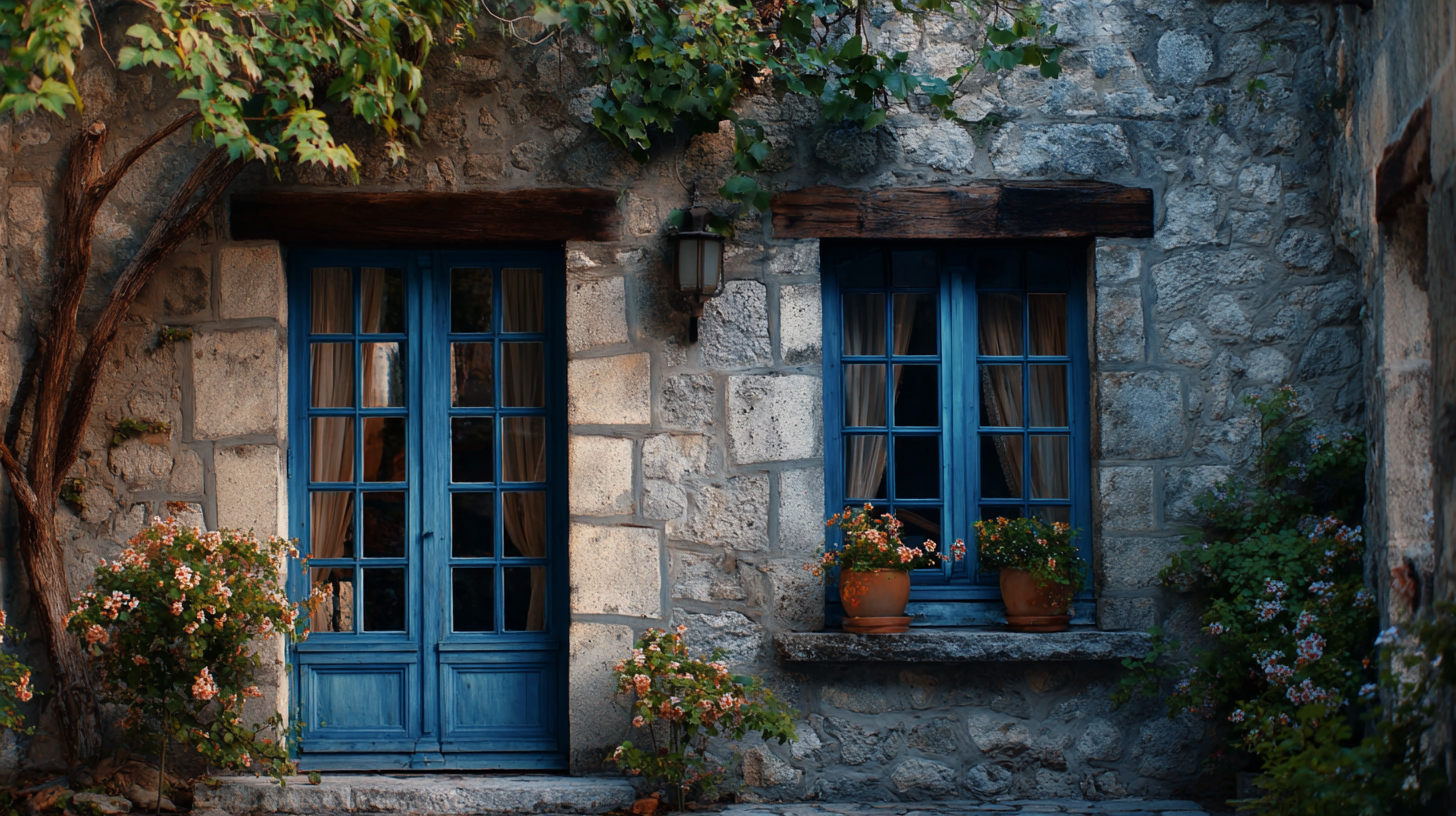
Top 5 Window Styles for Your Home: Combining Aesthetics with Functionality
When choosing windows for your home, it's essential to balance aesthetics with functionality. The right window style can significantly enhance your living space's curb appeal while providing energy efficiency and security. In 2025, some of the top window styles to consider include double-hung, casement, sliding, awning, and bay windows. Each of these options offers unique benefits that cater to various design preferences and functional needs.
**Tips:** When selecting windows, consider your home's architectural style to ensure a cohesive look. For example, double-hung windows work well in traditional homes, while sleek sliding windows can complement modern aesthetics. Moreover, prioritize energy-efficient materials, like low-E glass, to help reduce heating and cooling costs.
Another key aspect is the orientation of your windows. Positioning casement windows to capture prevailing breezes can enhance natural ventilation, making your home more comfortable. Additionally, don’t overlook the importance of window treatments, as they can add an extra layer of style while also providing privacy and light control.
2025 Top 5 Windows for Home: Elevate Your Living Space with Style
| Window Style | Aesthetics | Functionality | Energy Efficiency | Maintenance |
|---|---|---|---|---|
| Casement Windows | Sleek and modern | Excellent ventilation | High energy efficiency rating | Easy to clean |
| Double-Hung Windows | Classic appeal | Versatile ventilation | Good energy efficiency | Moderate maintenance |
| Sliding Windows | Contemporary design | Space-saving | Efficient in blocking drafts | Low maintenance needed |
| Bay Windows | Elegant and spacious | Increases natural light | Good energy performance | Requires more maintenance |
| Awning Windows | Stylish and functional | Ideal for ventilation in rain | Great thermal performance | Simple to maintain |
The Importance of UV Protection: How Quality Windows Can Reduce Fading by 75%
When selecting windows for your home, UV protection should be a critical consideration. Studies show that high-quality windows can reduce fading in interior furnishings, carpets, and artwork by as much as 75%. For instance, according to the American Society of Interior Designers (ASID), approximately 40% of fabric fading is attributed to UV exposure. This emphasizes the importance of investing in windows that not only enhance your home’s aesthetic appeal but also safeguard your valuable interior assets.
Moreover, the National Institute of Standards and Technology (NIST) reports that windows with low-emissivity (Low-E) coatings can significantly block harmful UV rays while allowing natural light to illuminate your spaces. These innovations in window technology not only help maintain the colors and integrity of your furnishings but also contribute to energy efficiency. By reducing the amount of heat entering your home during the summer months, Low-E windows can lower your cooling costs, making them a smart choice for homeowners looking to elevate their living spaces without sacrificing comfort.
Noise Reduction Windows: Decrease Sound Transmission by Up to 50%
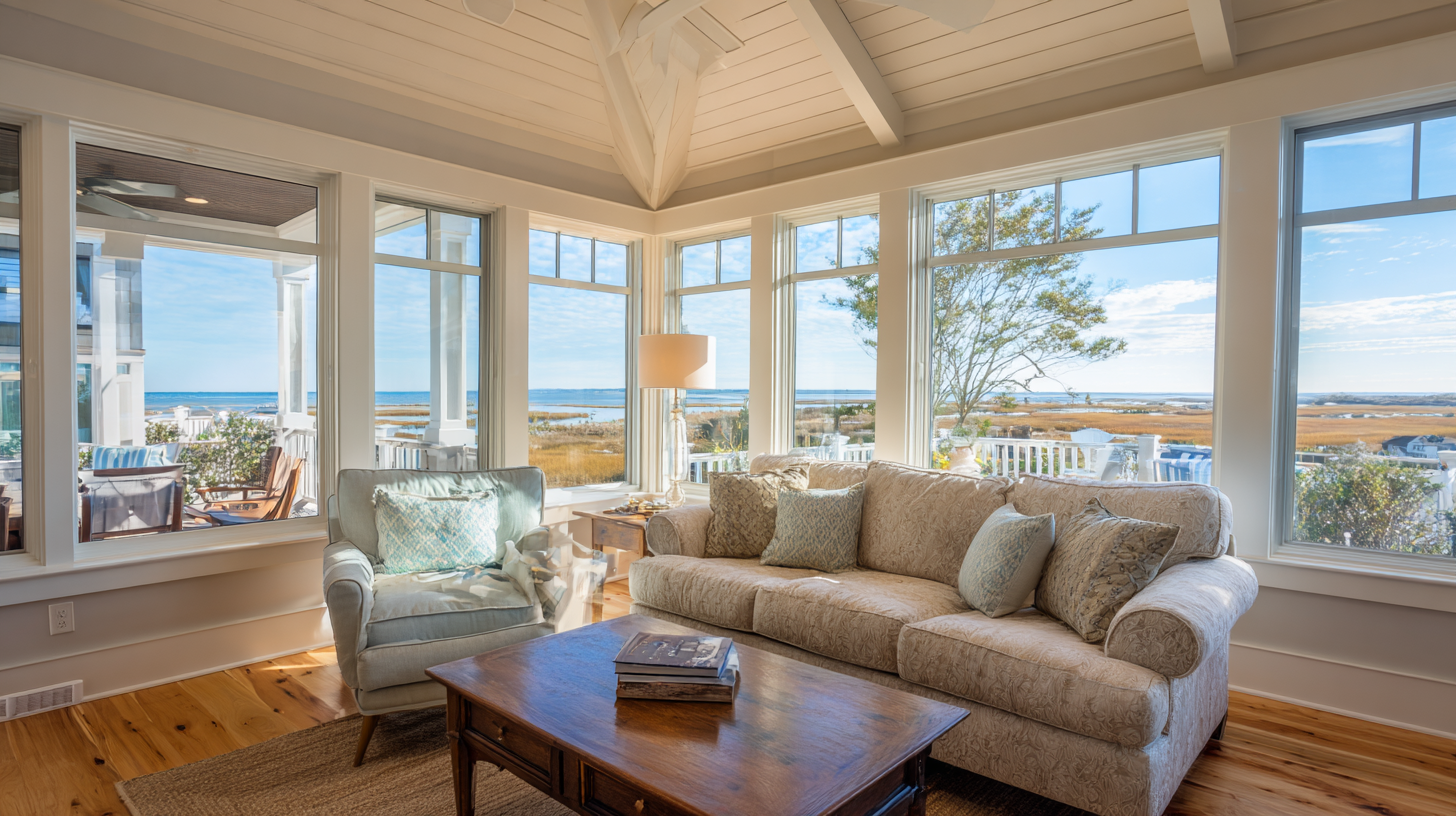 Noise pollution has become a significant concern for homeowners, and investing in noise reduction windows can be a game-changer. These advanced windows are designed to decrease sound transmission by up to 50%, providing a quieter and more serene living environment. According to a report from the National Institute of Building Sciences, effective sound insulation can enhance residential comfort and privacy, greatly impacting quality of life, especially in urban settings.
Noise pollution has become a significant concern for homeowners, and investing in noise reduction windows can be a game-changer. These advanced windows are designed to decrease sound transmission by up to 50%, providing a quieter and more serene living environment. According to a report from the National Institute of Building Sciences, effective sound insulation can enhance residential comfort and privacy, greatly impacting quality of life, especially in urban settings.
When considering noise reduction windows, look for options that feature double or triple glazing. The space between the panes filled with argon gas can further enhance soundproofing qualities. Additionally, ensure that the window frames are made from high-quality materials, as a tight seal is crucial for minimizing noise leakage.
Tip: Consider installing acoustic caulk around the window frames to further reduce sound transmission. This creates a more airtight seal, which complements the window's sound-dampening properties. Another option is to pair your noise-reducing windows with heavy curtains to add an extra layer of sound insulation while elevating the aesthetic of your interior. By investing in the right windows, you can create a peaceful oasis that truly elevates your living space.
Understanding Window Ratings: Decoding the NFRC Labels for Optimal Choices
When selecting windows for your home, understanding the National Fenestration Rating Council (NFRC) labels is crucial for making informed decisions. These labels provide essential information about a window’s performance, including its energy efficiency, UV protection, and overall durability. By decoding these ratings, homeowners can identify windows that not only enhance aesthetic appeal but also contribute to energy savings and comfort throughout the year.
The NFRC label features various ratings, such as the U-factor, Solar Heat Gain Coefficient (SHGC), and Visible Transmittance (VT). The U-factor measures thermal transmittance; the lower the U-factor, the better a window insulates. SHGC indicates how much solar heat is admitted through a window—ideal for regions with warm climates. Lastly, VT reflects the amount of natural light a window allows, balancing illumination with energy efficiency. By paying close attention to these ratings, homeowners can elevate their living spaces with windows that align with both style and sustainability, ultimately creating a more enjoyable and efficient home environment.
2025 Top 5 Windows for Home: Elevate Your Living Space with Style
This chart illustrates the performance ratings of different window types based on key energy efficiency metrics, allowing homeowners to make informed choices when selecting windows for their living spaces.
Related Posts
-
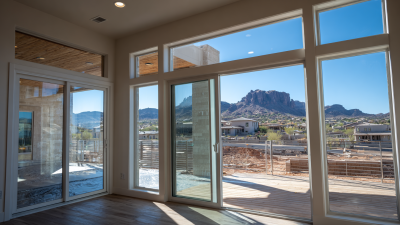
The Impact of Quality Windows on Energy Savings and Home Comfort in Modern Construction
-
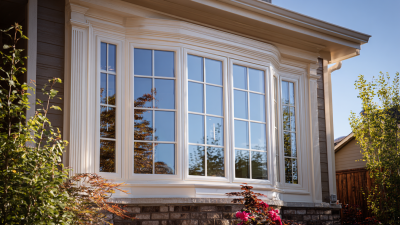
The Ultimate Guide to Choosing Quality Windows for Your Home Efficiency
-
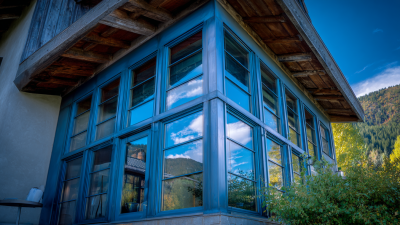
The Ultimate Guide to Choosing Quality Windows for Energy Efficiency and Style
-
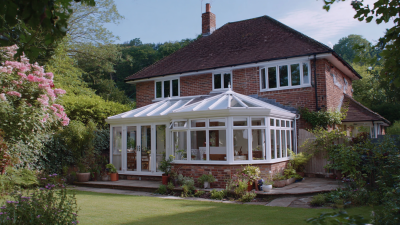
Why Choosing the Right Windows for Your Home Can Transform Your Living Space
-

Enhance Your Home Aesthetic with Stylish Doors Featuring Elegant Glass Design
-

Transform Your Home's Curb Appeal: The Ultimate Guide to Choosing Stylish House Doors
- © Copyright
- Andy's Glass & Window Company
- All Rights Reserved
- Blog